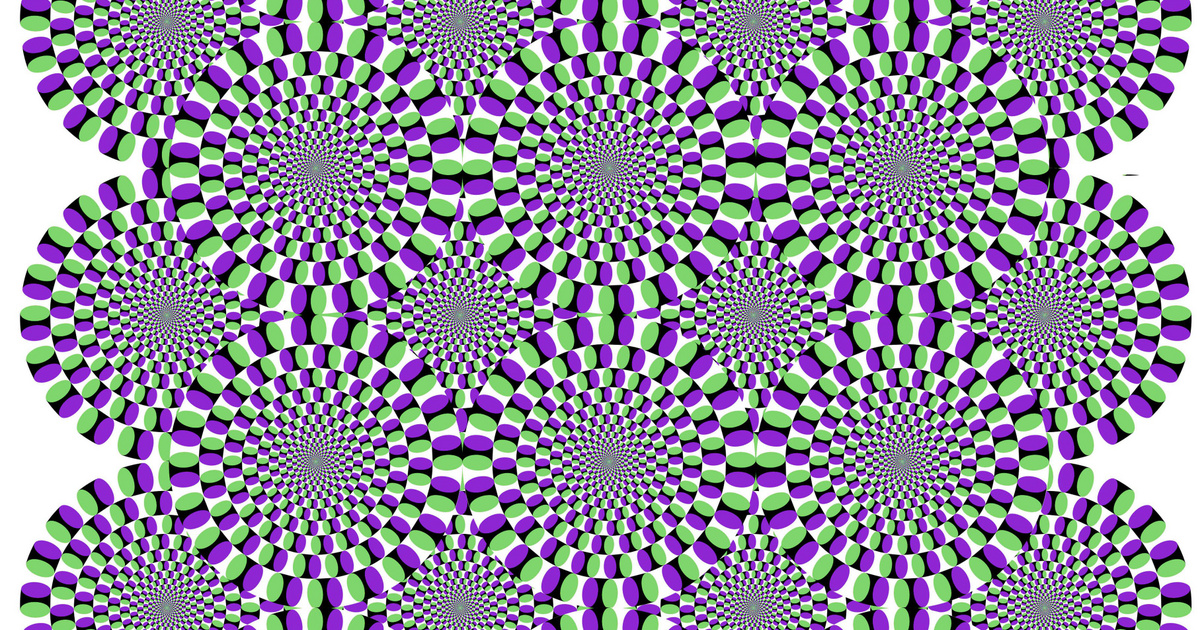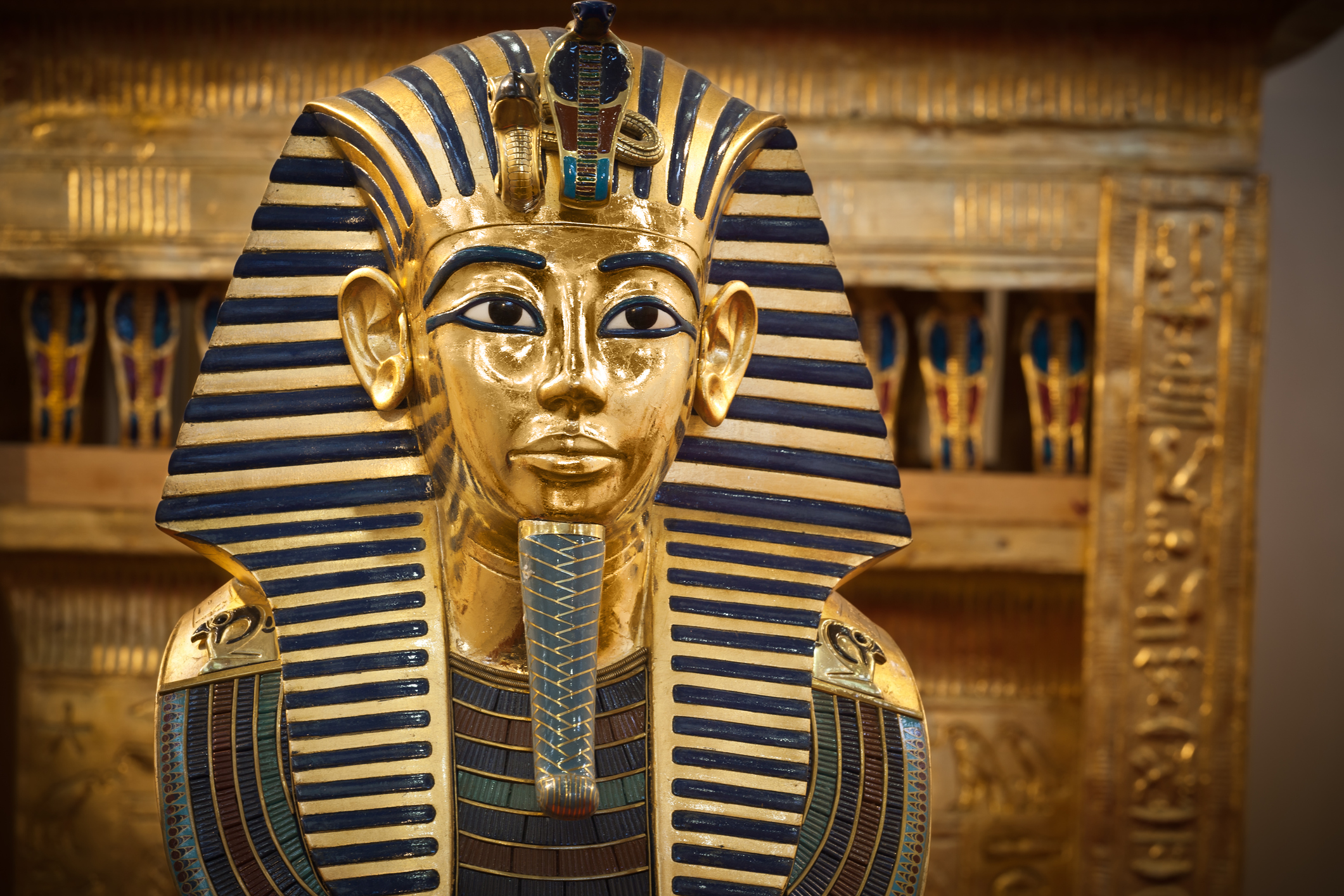It will be worth watching the evening sky on April 10, because you can see a rare celestial phenomenon, and the next one will have to wait 71 years.
You will notice many interesting things. There are things you can follow with the naked eye, but for other sights you'll need better binoculars.
On April 10, Jupiter and the crescent Moon will be observed for two days in a special conjunction, and Uranus and Comet 12P/Pons-Brooks will also be seen with the help of a hand-held telescope. Svábhegy Observatory announced.
On April 10, it will still be visible to the naked eye, and will remain bright on early spring evenings
Jupiter and just 3.5 degrees to its right is a 5 percent, two-day, thin-threaded crescent. At 8:20 p.m., the pair is still 15 degrees high in the lower western sky. Celestial bodies can be easily seen with the naked eye,
If the western horizon is clear and free of features.
Also visible in the sky is the blue-green planet Uranus – which is only about 2 degrees higher than Jupiter – as well as one of the most beautiful comets of the year, 12P/Pons-Brooks, which can be seen 3 degrees below the crescent moon.
To see faint Uranus and the comet, which cannot be seen with the naked eye, it is worth waiting until the sky is completely dark. At about 8:50 p.m., both celestial bodies can be observed in the night sky, but by then the pair of Jupiter and the Moon will have dropped to an altitude of 10 degrees, and the comet to only 7 degrees. To see them, you need a clear sky and a larger, hand-held telescope.
Jupiter, now at the end of its visibility, returns to the morning sky in May 2023, but as it approaches the sun, it slowly disappears in the evening twilight. This is also the last chance to view Uranus.
Comet 12P/Pons-Brooks will reach perihelion, the closest point of its orbit to the Sun, on April 21, but will no longer be visible. It will then approach Earth again after 71 years. Like Jupiter and Uranus, 12P/Pons-Brooks will be visible during the evening.
A crescent moon about two days long with 5 percent illumination will still be visible. The announcement said that from the glow of the unlit side of the moon, the grayish light would be clearly visible to the naked eye.
Between April 11 and 13, interested parties can also observe the craters of the ever-waxing vernal crescent at the Svábhegy Star Observatory.









































